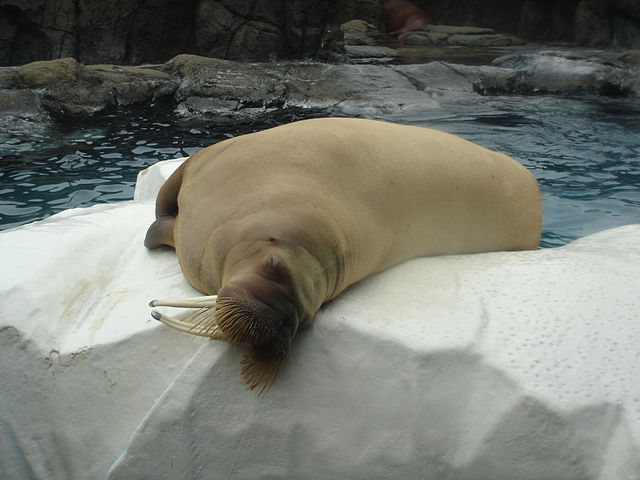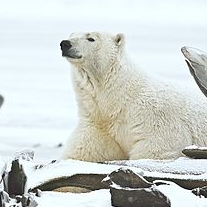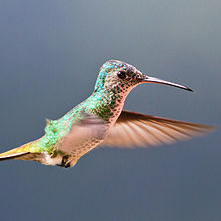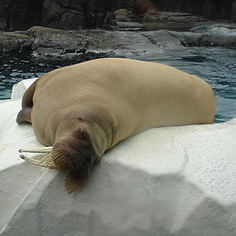Theme Essay by Con Chapman
Why this Missouri Boy Isn’t a Transcendentalist

I’m old enough to remember when the back-to-nature movement began in the ’60s. I traveled to a college campus in Chicago in the last year of that wayward decade, straight out of a small town whose official motto was “Queen City of the Prairies.” When I arrived, what I found was a bunch of city kids dressed as if they had just walked out of the Maine woods.
“You’re from Missouri!” a girl named Sharon from New Jersey squealed when I told her where I grew up. “You must know a lot about nature!”
I looked out the window of the bus we were riding to our orientation week outing and racked my brain for some quaint and curious fact about the natural world with which to regale my new friend from the East Coast.
“Uh,” I said after a moment, “did you know that if you pick up a hog snake, it will take a crap in your hand?”
Sharon screwed up her face into a look of disgust. On the way back to campus, she sat with a guy named “Ian” from Manhattan.
If you've grown up surrounded by it, nature isn’t a religion or a museum. It’s where you work and, when that’s done, where you play—baseball, football, fishing. If, on the other hand, you’re from a major metropolitan area and think of nature in the manner of Fran Lebowitz, who defined it as what you walk through on the way from your apartment to a cab, you can get very confused about the whole thing.
Take hiking. My first live-in girlfriend—from Connecticut—was constantly scheming to get me to go hiking with another couple who loved nature. ”Let me get this straight,” I’d ask her. “We’re going to go outside, walk around—then come back?”
“Yes,” she’d say in a tone of wonderment that implied she couldn't imagine anyone questioning one of her fundamental beliefs.
“Why don’t we just stay here in the first place?”
“Because it’s good exercise.”
“No it’s not. Running is exercise. Walking around and congratulating yourself on how ‘natural’ you are doesn’t burn calories.”
“Well, it’s…spiritually beneficial.”
“Let’s put that theory to the test,” I said, using skills I’d picked up in eighth-grade “modern math” class. “If I walk into the Empire State Building, the guy at the reception desk asks me where I’m going. If I tell him I’m just ‘walking around,’ they call security or the Department of Mental Health and throw me out.”
By this time, the woman was in tears—as would be others who followed her—then out the door, leaving me free to watch the pathetic ‘70s-era New England Patriots. No maple tree on earth could compete with the sight of Mosi Tatupu hurtling into the end zone in a short-yardage situation.
Henry David Thoreau was the guy who got the back-to-nature movement going with his Walden; or Life in the Woods, first published in 1854. He deliberately headed into the woods west of Boston to discover himself through self-sufficiency. As it turned out, Thoreau was a bit of a fraud; he went home to his mother’s house on weekends, using his cabin in the woods as a sort of reverse getaway.
He also walked into nearby Concord almost every day. He was the original natural dilettante, getting just enough of the stuff to be able to lord it over all the grubby schmucks who kept their noses to the grindstone. Your first tip-off as to what to think about Thoreau is the gilt-edged name, “Henry David.” If “Hank” or “Dave” isn’t good enough for you, you probably don’t spend much time in Bass Pro Rod ‘n’ Reel shops.
If you really want to learn about nature, the best way is to follow the example of Joris-Karl Huysmans, a nineteenth-century French novelist most famous for his 1884 À rebours, which is usually translated as Against Nature. His protagonist, Jean Des Esseintes, also retreats from the world, but for very different reasons than those expressed by Thoreau:
Already he was dreaming of a refined solitude, a comfortable desert, a motionless ark in which to seek refuge from the unending deluge of human stupidity.
Huysmans's character conjures up the reality of natural sensations—as in, say, a walk in the woods—using his imagination alone. Huysmans broke from the naturalists of his time like Emile Zola to retreat into an idealistic aesthetic world of his own creation. Idealism’s a good thing, right?
Your best sources of information about the outdoors can accordingly be found indoors. That’s right—you never have to leave the comfort of your home to learn more about the natural world of which we are all, in varying degrees, a part. Here are some intriguing facts about the world around us and where I discovered them.
 Polar bears cover their noses while hunting! Next time your Sierra Club friends start yapping about their honeymoon in the Grand Tetons, take the wind out of their sails with this brainteaser: When a polar bear goes hunting, which part of its body does it cover with a paw? Answer: his nose, the only black part, you stunod (donuts spelled backward). I stumbled upon this startling fact in the Wrigley’s Spearmint Gum “Fun Facts to Know and Tell” feature in the Sunday comics, sprawled out on my living room floor while The Soupy Sales Show played on our black-and-white TV.
Polar bears cover their noses while hunting! Next time your Sierra Club friends start yapping about their honeymoon in the Grand Tetons, take the wind out of their sails with this brainteaser: When a polar bear goes hunting, which part of its body does it cover with a paw? Answer: his nose, the only black part, you stunod (donuts spelled backward). I stumbled upon this startling fact in the Wrigley’s Spearmint Gum “Fun Facts to Know and Tell” feature in the Sunday comics, sprawled out on my living room floor while The Soupy Sales Show played on our black-and-white TV.
 Hummingbirds can fly backward at sixty miles an hour! I wouldn’t have believed it if I hadn’t read it on the back of a package of herbal tea, but hummingbirds can go backward faster than any other animal on the planet. If you do get dragged into taking a hike, this is a real showstopper when your friends “Jared” and “Erin” drone on about how great it is that gray wolves are making a “comeback”—like some ‘50s doo-wop group touring the country playing Holiday Inn lounges. “We can coexist with the gray wolf,” you interject with a note of caution, “but I wouldn’t stand behind a hummingbird if I were you.”
Hummingbirds can fly backward at sixty miles an hour! I wouldn’t have believed it if I hadn’t read it on the back of a package of herbal tea, but hummingbirds can go backward faster than any other animal on the planet. If you do get dragged into taking a hike, this is a real showstopper when your friends “Jared” and “Erin” drone on about how great it is that gray wolves are making a “comeback”—like some ‘50s doo-wop group touring the country playing Holiday Inn lounges. “We can coexist with the gray wolf,” you interject with a note of caution, “but I wouldn’t stand behind a hummingbird if I were you.”
 Walruses only sleep a minute and a half at a time! Walruses never get more than ninety seconds of consecutive sleep—no wonder they’re always so crabby. I didn’t even have to leave my office building to learn this astounding law of nature; it was on the inside of a Snapple lemonade cap, which I read while washing down my tuna sandwich.
Walruses only sleep a minute and a half at a time! Walruses never get more than ninety seconds of consecutive sleep—no wonder they’re always so crabby. I didn’t even have to leave my office building to learn this astounding law of nature; it was on the inside of a Snapple lemonade cap, which I read while washing down my tuna sandwich.
At least I think it was tuna.
Art Information
- "Polar Bear (Young Boar), Arctic National Wildlife Refuge, Alaska" © Alan D. Wilson; Creative Commons license.
- "Flying Golden-tailed Sapphire Hummingbird" Marcial4; Creative Commons license.
- © Diana; Creative Commons license.
 Con Chapman is the author of two novels; ten published plays; a history of the ’78 Red Sox-Yankees pennant race (The Year of the Gerbil); and forty-five books of humor, most recently Scooter & Skipper Blow Things Up! (HumorOutcasts Press).
Con Chapman is the author of two novels; ten published plays; a history of the ’78 Red Sox-Yankees pennant race (The Year of the Gerbil); and forty-five books of humor, most recently Scooter & Skipper Blow Things Up! (HumorOutcasts Press).
His humor has appeared in the Atlantic Monthly, Boston Globe, Barron’s, and Christian Science Monitor, among other publications.
This TW essay was first published, in a slightly different version, on his blog, Gerbil News Network.
